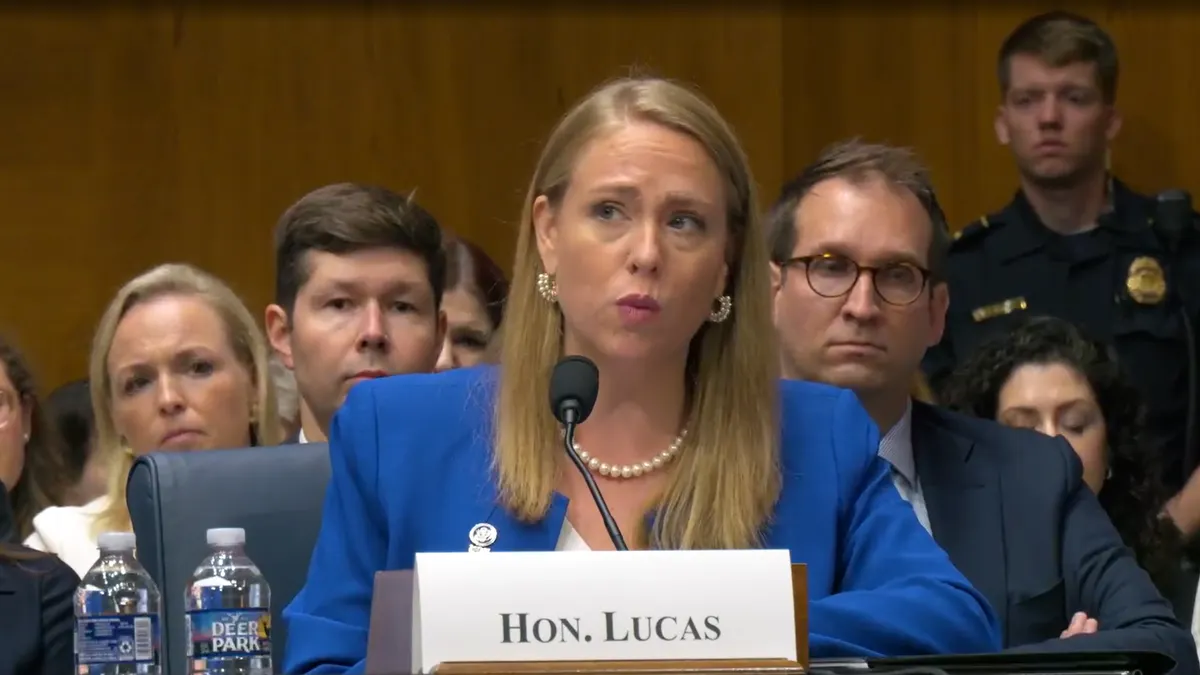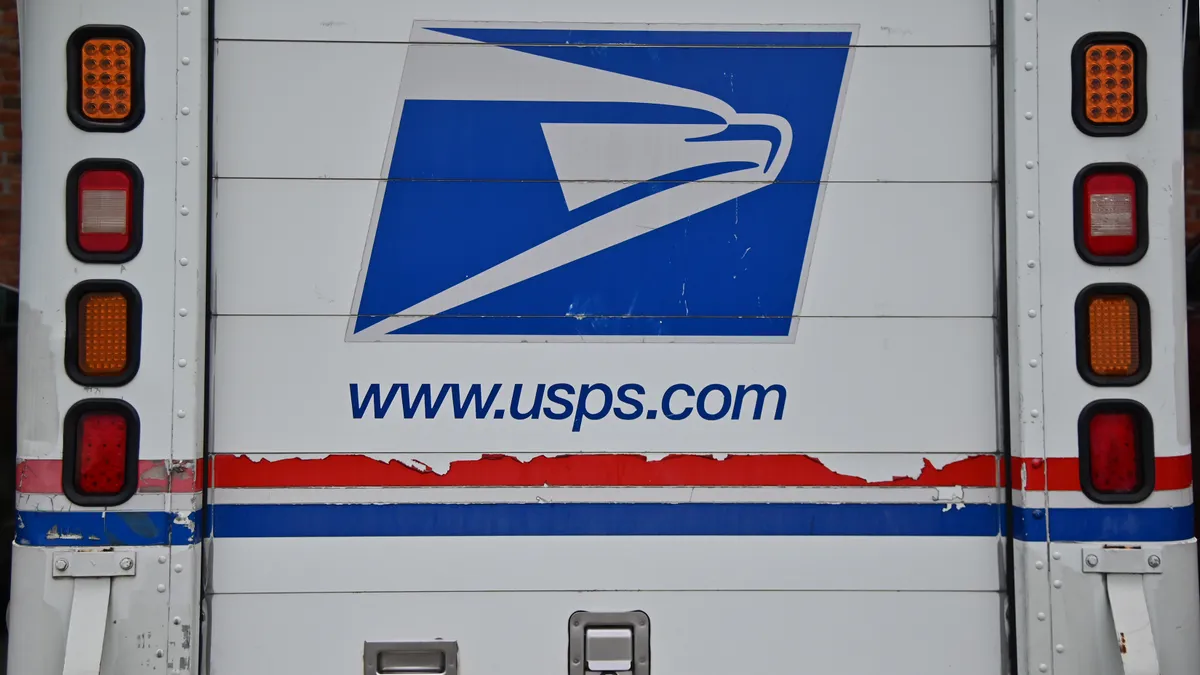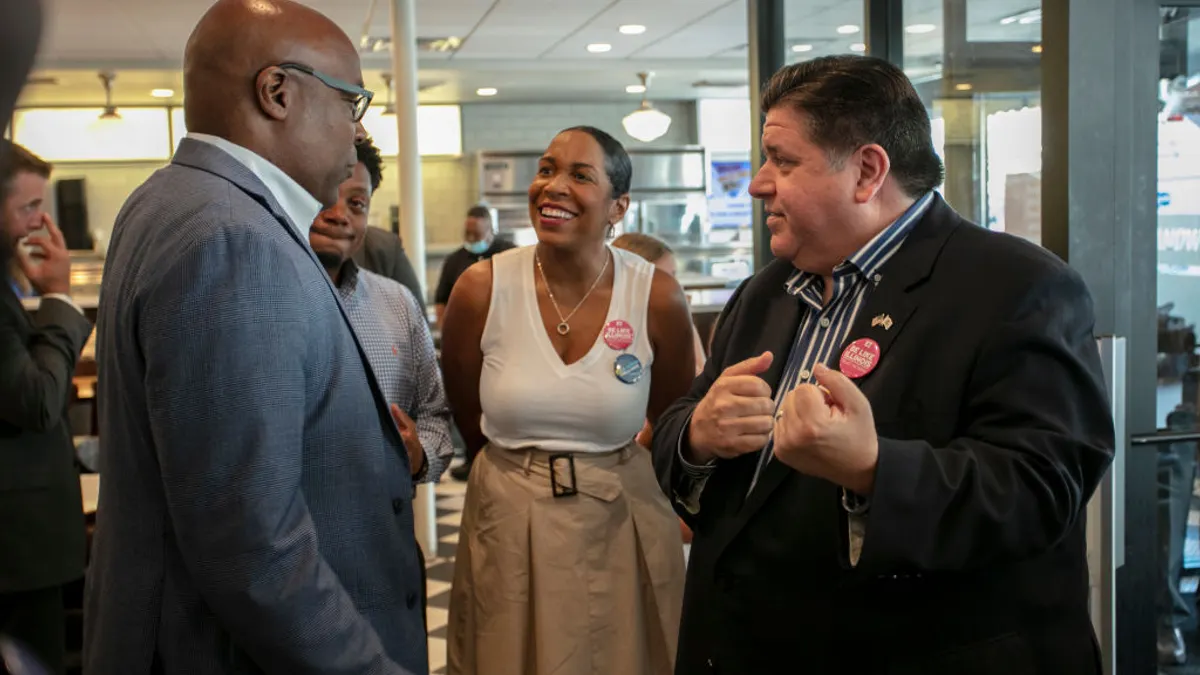In HR Dive’s Mailbag series, we answer HR professionals’ questions about all things work. Have a question? Send it to [email protected].
Q: My team has a complicated compliance question. We believe it would be helpful to have insight from the U.S. Department of Labor before we move forward. What are the best practices for requesting an opinion letter?
A: DOL recently announced an expansion of its opinion letter program with five subagencies participating. It’s a development that may be welcome to employers struggling to understand how one or more of the department’s regulations apply to a workplace issue.
According to DOL’s June 2 announcement, employers will be able to request an opinion letter — or a similar guidance document — from the following subagencies:
- Employee Benefits Security Administration
- Mine Safety and Health Administration
- Occupational Safety and Health Administration
- Veterans’ Employment and Training Service
- Wage and Hour Division
The letters outline DOL’s interpretation of its regulations and provide a fact-specific analysis of the questions presented. That’s useful for employers and other parties in the workplace, but there’s not necessarily a “magic formula” to ensure DOL will respond to an inquiry, said Brad Kelley, shareholder at Littler Mendelson and former senior policy advisor at DOL’s Wage and Hour Division.
An employer’s request doesn’t have to be “overly sophisticated,” Kelley continued. “It can just outline the issue and provide as much information as possible.” DOL’s opinion letter program also doesn’t limit participation to employers, he noted; the agency has said that anyone — workers, labor unions, even HR professionals themselves — can submit a request.
Do: Mention specific laws, regulations
Employers should begin their requests with an opening paragraph that outlines the factual scenario they’re aiming to address, said Kristin White, co-chair of Fisher Phillips’ workplace safety practice group.
In its introduction, the employer should make note of whether it is making any assumptions about what the department’s regulations mean in the context of the scenario, White added. For example, if the employer is seeking input on a question regarding an employee’s missed day of work due to a medical diagnosis, it should include that information in the request.
“Make their job easy,” White said of the mindset employers should have in writing to DOL’s staff. “Give them the facts and the standards you’re wrestling with, then give them the direct question you’re trying to answer.”
Employers also might consider noting any relevant case law they’re considering as a way of showing the drafters that the employer has “already done the homework” and investigated the legal issues presented, Kelley said. He likened the request process to filing a motion with a court, or to using a generative artificial intelligence program; “the response is only as good as the prompt.”
Don’t: Include sensitive information
Employers may be hesitant to include specific details in a request, or they may not desire to submit a request at all for fear of disclosing information to DOL, White said. If so, they could ask legal counsel to submit a letter, or perhaps work with an industry group to do so if similar organizations are having the same issue.
The department’s website explicitly notes that requests should not include sensitive personal or business information and that DOL is not responsible for the inadvertent publication of identifying information in an opinion letter. DOL also asks that employers include a statement that the request is not related to an existing investigation or litigation matter.
Generally, though, it’s best for employers to be as specific as possible in outlining workplace scenarios, White said, as this prompts better guidance from the agency. “Sometimes employers are hesitant because they don’t want to be specific, but when you’re too general, you’re not going to get an answer that’s helpful. You get the lawyer answer: It depends.”
Do: Talk to your legal counsel
Attorneys don’t just help draft requests, White said. They can determine whether it’s even a necessary exercise to begin with. There may be guidance, case law or a previous agency opinion letter that answers an employer’s question, and counsel can do the due diligence to confirm this.
If nothing turns up, the employer might even point out to DOL in its request that it has done the legwork without success, White added.
Don’t: Despair if you don’t get a letter
It’s not necessarily the end of the road if the employer does not receive an opinion letter from DOL, Kelley said. At times, the agency’s compliance assistance staff reach out to support inquiring employers.
Kelley said such interactions were common during his tenure with the department; “You could be referred to compliance assistance and, oftentimes, that would just be an employee picking up the phone and calling the person who made the request.”




















